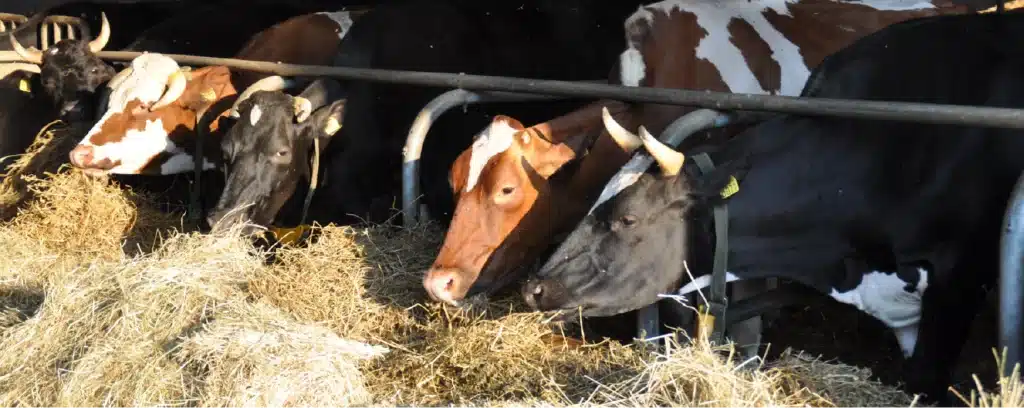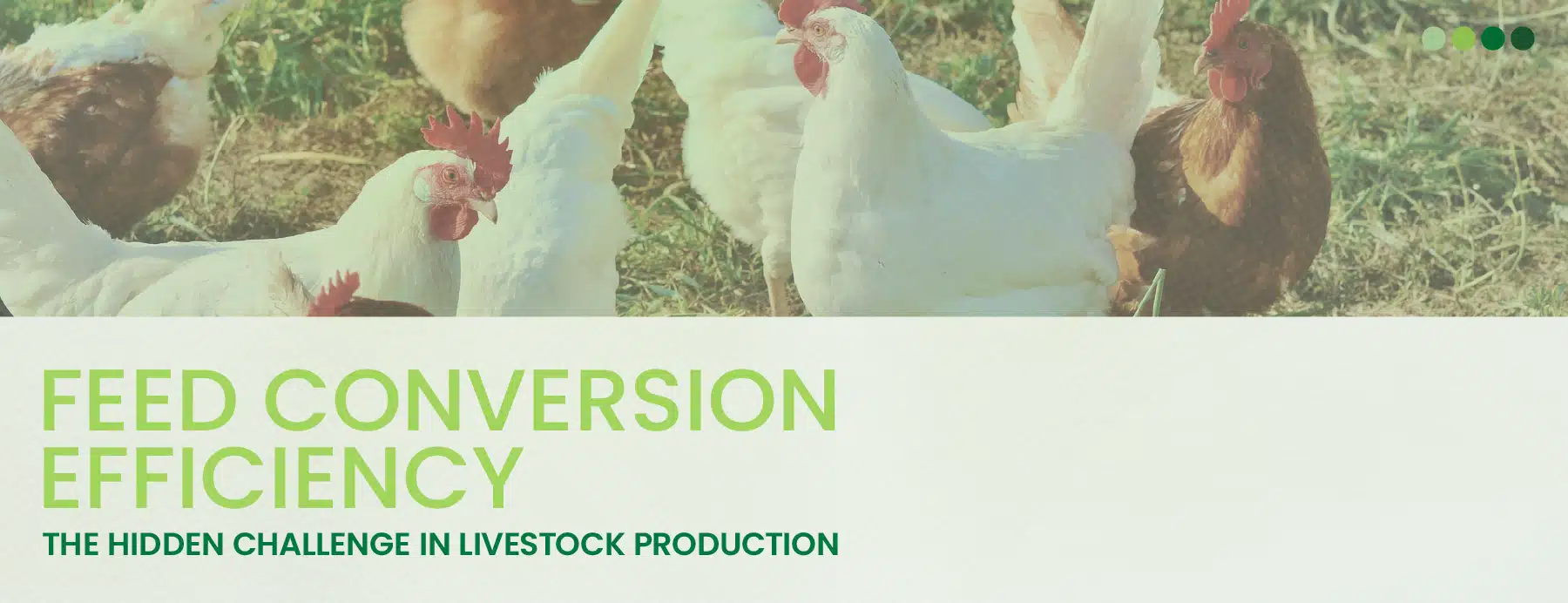Feed conversion efficiency (FCE) is a critical metric impacting modern livestock production’s productivity, profitability, and sustainability. Maximizing FCE means ensuring that animals absorb the maximum nutrients from their feed, translating into better growth, health, and reduced resource waste. However, achieving optimal feed efficiency without relying on antibiotics presents a significant challenge for producers.
Antibiotics have traditionally been used to enhance growth and prevent disease, but their overuse has raised concerns about antimicrobial resistance. As the industry shifts towards more sustainable practices, feed formulators, and producers must find alternative ways to improve feed conversion rates without compromising animal health or performance.

Understanding Feed Conversion Efficiency and Its Key Influences
FCE measures how effectively an animal converts feed into body mass, serving as a key indicator of productivity, economic viability, and environmental sustainability in livestock production. A higher FCE means that animals require less feed to achieve the same weight gain, leading to reduced feed costs, improved profitability, and lower environmental impact.
This equation helps producers evaluate the effectiveness of their feeding strategies. Learn more about FCE calculations and typical values here.
Feed Conversion Efficiency values vary significantly across livestock species, with poultry generally having higher efficiency than ruminants due to differences in digestion and metabolism. The FAO provides an in-depth analysis of FCE across different production systems. Optimizing FCE not only enhances profitability but also supports responsible animal farming practices. Several key factors influence FCE, including:
- Animal genetics: Selecting and breeding livestock with naturally higher feed efficiency can lead to better performance and lower feed costs over generations.
- Nutrient absorption: Ensuring optimal bioavailability of essential nutrients, including minerals, amino acids, and vitamins, allows animals to maximize nutrient utilization and support healthy growth.
- Gut health: Maintaining a balanced gut microbiota is essential for preventing nutrient loss, improving digestion, and reducing susceptibility to infections that could compromise feed efficiency.
- Environmental conditions: Proper temperature regulation, ventilation, and housing management help minimize stress, as heat stress and poor air quality can reduce feed intake and impair digestion.
- Feed quality and formulation: Using highly digestible ingredients, optimizing protein and energy levels, and incorporating functional feed additives such as enzymes, probiotics, and phytogenics can enhance nutrient uptake and overall efficiency.
The Connection Between Antibiotic Reduction and Feed Efficiency
Antibiotics have been used to improve feed efficiency by controlling gut infections and promoting growth. However, reducing antibiotic dependence requires alternative approaches to maintaining FCE and animal health:
- Gut microbiota management: Functional additives, such as saponins and probiotics, help stabilize gut flora, reducing pathogen load and enhancing digestion.
- Enzymatic activity enhancement: Supplementing with enzymes improves the breakdown of feed components, increasing nutrient absorption.
- Immune modulation: strengthening the immune system reduces stress-related nutrient diversion, supporting better growth performance.
Without these strategies, animals may experience weaker immune defenses, reduced growth rates, and increased susceptibility to disease, leading to a cycle where poor feed efficiency necessitates antibiotic use.
The Role of Functional Feed Additives in Optimizing Feed Conversion Efficiency
Feed additives offer promising solutions to break the reliance on antibiotics while maintaining feed efficiency. Ingredients such as saponins from Quillaja saponaria and Yucca schidigera have been shown to support digestion, improve nutrient utilization, and reduce gut inflammation.
- BioQuil Gold: Formulated with Quillaja and Yucca saponins, BioQuil Gold enhances gut health, stabilizes microbiota, and reduces ammonia emissions, contributing to better FCE and a healthier production environment.
- Feed Sap: Improves growth performance and reduces antibiotic dependence, supports digestive efficiency & nutrient absorption.
Implementing Sustainable Feed Efficiency Strategies
To optimize feed conversion efficiency while minimizing antibiotic reliance, formulators and producers can adopt the following strategies:
- Precision nutrition – Tailor feed formulations to species-specific digestive capabilities and nutritional needs.
- Upcycled ingredients – Utilize sustainable feed components to enhance nutrient absorption.
- Balanced protein levels – Adjust amino acid profiles to improve digestibility and reduce nitrogen waste.
- Environmental control – Optimize housing conditions to minimize stress and disease risk.
- Gut health enhancement – Integrate prebiotics, probiotics, and phytogenic compounds to support a robust digestive system.
Moving Towards a More Sustainable Future
Optimizing feed conversion efficiency is essential for improving livestock productivity while ensuring sustainable and responsible production practices. As antibiotic reduction becomes a priority, functional feed additives like BioQuil Gold and Feed Sap provide practical solutions to maintain high performance without compromising animal health.
By implementing strategic nutrition and management practices, producers can enhance feed efficiency, reduce costs, and support the long-term sustainability of animal agriculture.
Explore how BioQuil Gold and Feed Sap can help you achieve better feed conversion efficiency and reduce antibiotic dependence. Contact an expert!



